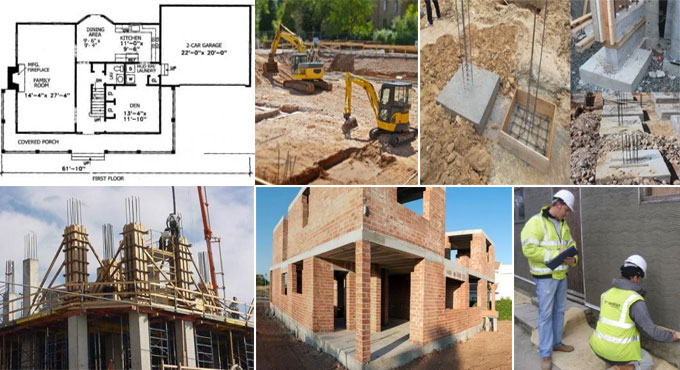Every day, millions of people work in various construction sites in our Country. By its very nature, a building or heavy construction site is not a safe place. There is always the danger of some accidents, dust and dirt, contamination, burning, hearing damage, and many other issues. So, let us see today how you can maintain your personal safety and hygiene in a construction site.
A. Eye Protection: There are lots of dust and small particles floating on air in a construction site. Some of them are quite damaging to your eye and retina. Therefore, you should always wear protective eyewear in a construction site. I mean actually wear them – not just hang them on your neck just because it’s a regulation!
Additionally, you have to wear special eyewear where welding is going on in a building site. The light of the welding is extremely bright. Looking directly at it can substantially damage your cornea.
Furthermore, you should take proper care of your eyewear. The eyes are a very vulnerable area of your body and they can get infected easily. For this reason, always clean your eyewear thoroughly before and after wearing it. Also, make sure the device is in proper working condition. Replace a damaged eyewear immediately.
B. Ear Protection: A construction site is always full of noises. There are cranes and other heavy machinery working, pumps and generators running, saws cutting steel, welding going on, and whatnot. For this reason, proper noise suppressing headphones are supplied to workers in such situations. Wear them! They are not just for show.
Many times, in widespread large construction projects, communication headsets double as protective earphones. This serves the team to stay in contact with the supervisors at all times and be protected from harsh, loud noise as well.
Sometimes, instead of using noise-suppressing earmuffs, the company supplies disposable earplugs. Do not reuse these! They get very dirty with all the earwax and they also absorb the oil. So, washing them is futile – they will still be dirty.

~~~~~~~~~~~~~~~~~~~~~~~~~~
Published By
Arka Roy
http://www.constructioncost.co
~~~~~~~~~~~~~~~~~~~~~~~~~~









